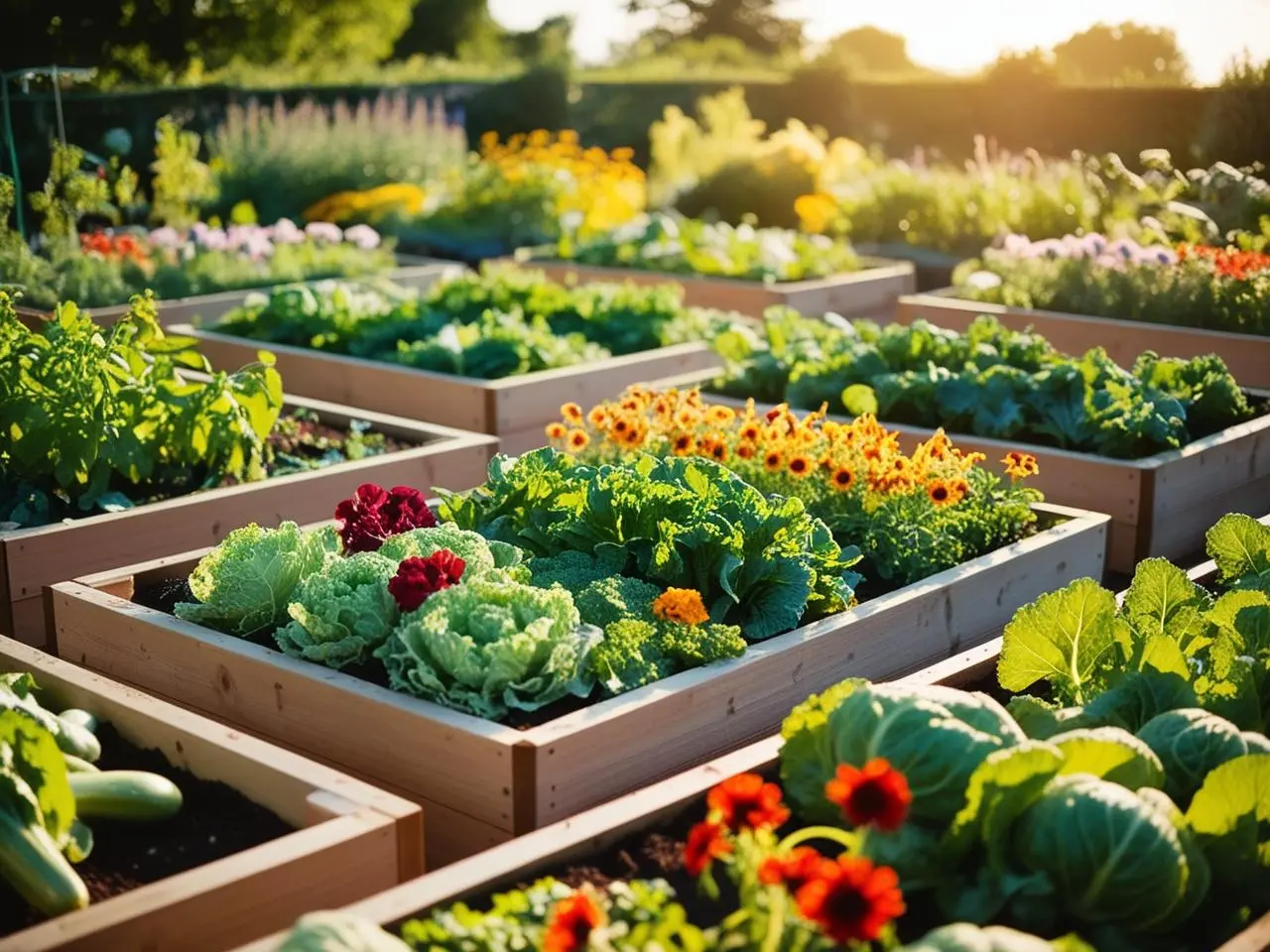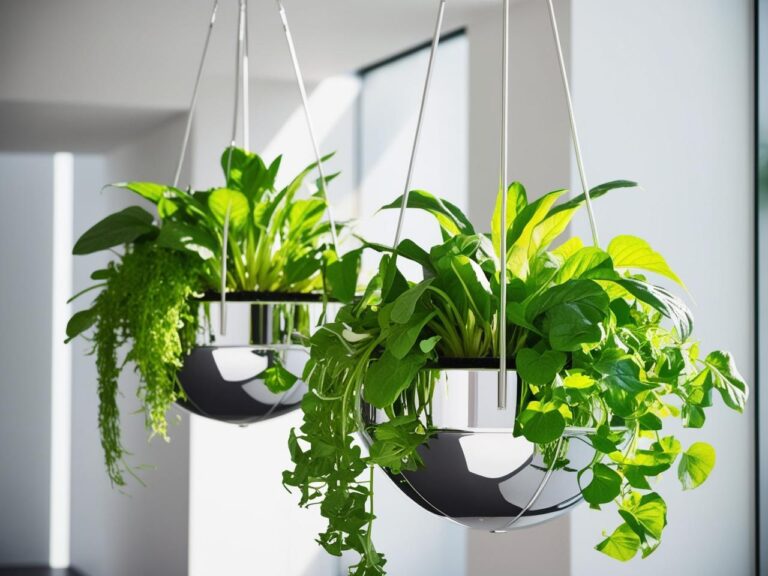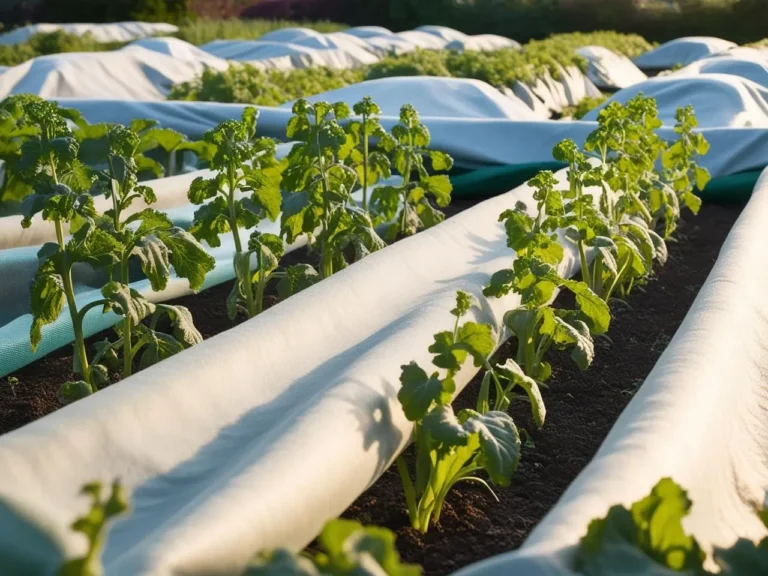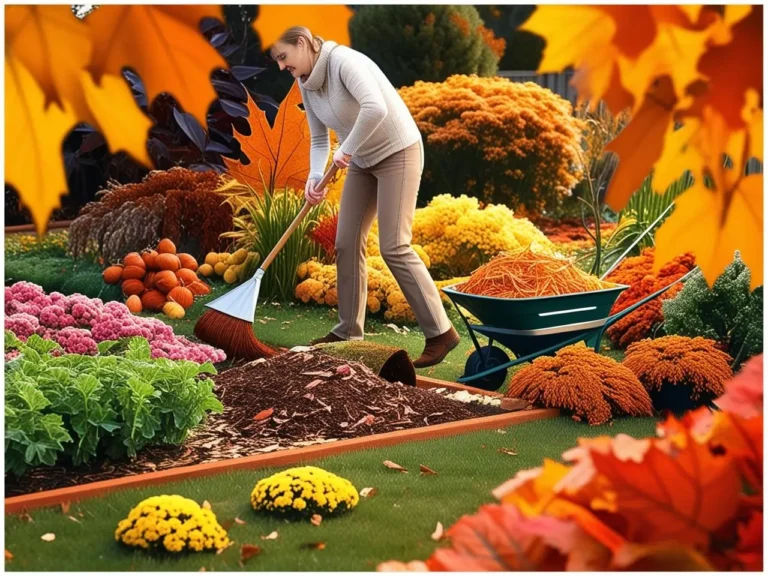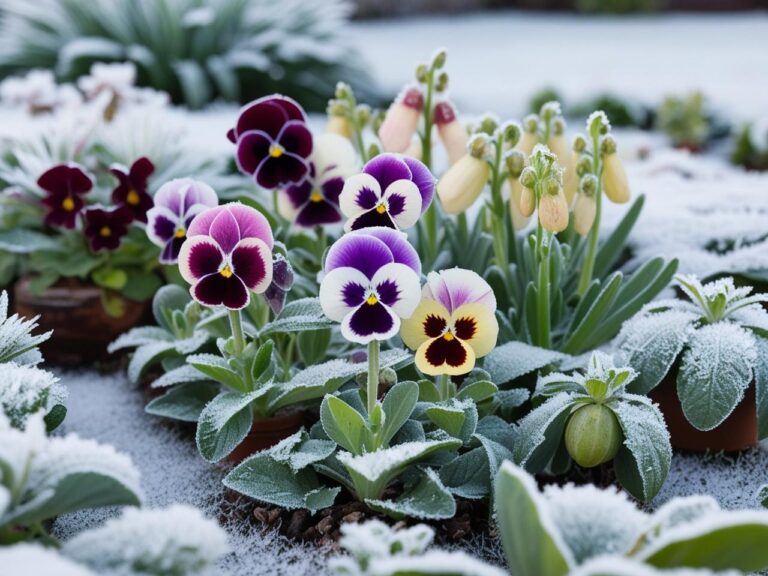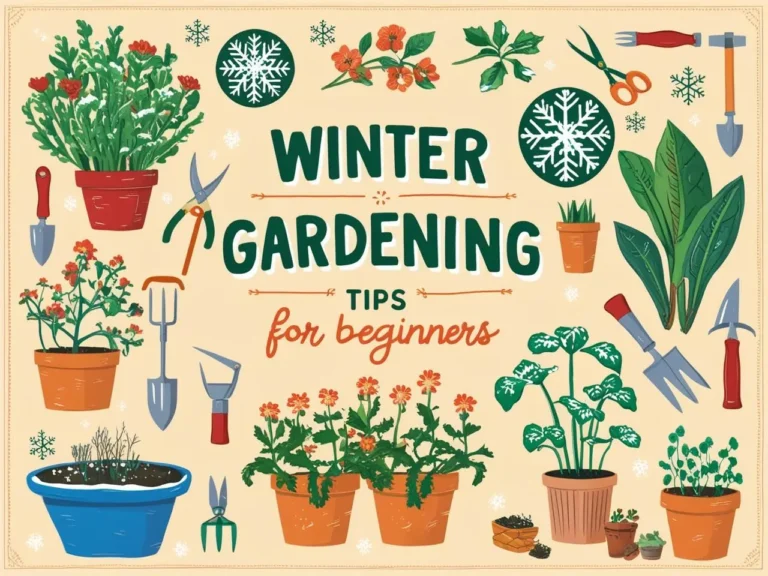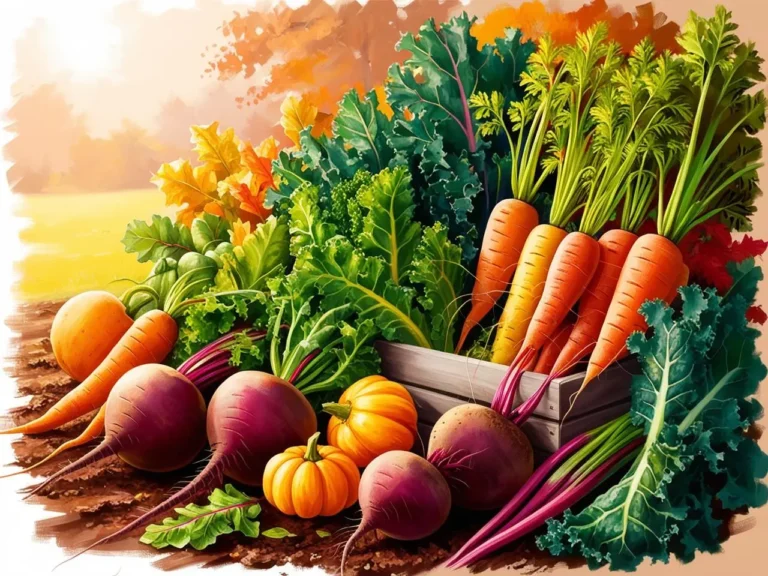The Complete Guide to Raised Bed Gardening
Raised bed gardening is a popular method for growing flowers, vegetables, and herbs, offering numerous benefits over traditional in-ground gardening. Whether you’re a beginner or an experienced gardener, raised beds can make gardening easier, increase production, and add aesthetic appeal to your yard. This guide provides a comprehensive overview of raised bed gardening, covering all the essential aspects you need to know.
Why Choose Raised Beds?
- Overcoming Poor Soil Conditions
- Raised beds are particularly useful in areas with heavy clay, sandy soil, or where the existing soil is unsuitable for gardening. By using raised beds, you can control the soil composition, providing the ideal environment for your plants to thrive. This means you can grow healthy plants even in regions with challenging soil conditions.
- Improved Drainage
- Raised beds offer better drainage than in-ground gardens, preventing waterlogging and root rot, especially important for heavy clay soils. You can further enhance drainage by incorporating materials like sand, perlite, or fine gravel into your soil mix, ensuring that excess water doesn’t accumulate around plant roots.
- Easier Soil Management
- With raised beds, it’s easier to manipulate soil nutrients and tailor growing conditions to specific plants. For example, you can increase acidity for blueberries by adding elemental sulfur or create a deep, nutrient-rich bed for root crops like sweet potatoes. This level of control enables better yields and healthier plants.
- Reduced Weeds
- Raised beds reduce weed pressure by creating a physical barrier between your plants and the surrounding ground. Using a weed barrier cloth at the bottom of the bed adds an extra layer of protection against invasive weeds.
- Pest Control
- Raised beds can deter some pests like rabbits and small rodents. Building a two-foot-high bed may help keep rabbits away, while adding fencing or planting pest-repelling plants can further deter animals like deer.
- Accessibility
- Raised beds reduce the need for bending and reaching, making gardening more accessible for people with mobility challenges or back issues. They’re also a great choice for anyone who prefers a more ergonomic gardening experience.
- LARGE PLANTING SPACE: 8.4 cubic feet of space can support your choice of flowers, succulents, vegetables, and more; OVERALL DIMENSIONS: 72"(L) x 23"(W) x 30"(H); WEIGHT CAPACITY: 300 lbs.
- PROPER DRAINAGE: Six drainage holes help the roots aerate and allow excess water to escape, encouraging long-term growth while helping prevent rot or mineral build-up.
- ALL-WOOD CONSTRUCTION: Naturally durable Chinese fir wood provides a durable, weather-friendly structure that will avoid warps and sagging over time.
- ERGONOMIC HEIGHT: The 30-inch tall design removes the need for bending or kneeling, preserving your back and knees as you tend to your balcony, deck, or patio garden.
Planning Your Raised Bed Garden
- Location
- Select a location with sufficient sunlight (most vegetables need 6-8 hours daily) and good air circulation. Place your raised beds near your kitchen or living areas for convenience and easy harvesting. Proximity to a water source is also essential for efficient irrigation.
- Size
- Raised beds come in various sizes. Common dimensions include 4’ x 8’ (1.2m x 2.4m) or 2.5’ x 7’ (0.8m x 2.1m), which provide ample planting space while maintaining accessibility. To calculate the soil volume required, multiply the bed’s length, width, and height to determine the cubic feet.
- Materials
- Wood: Untreated wood, such as cedar or redwood, is a popular choice due to its natural look and resistance to decay. Avoid pressure-treated lumber to prevent chemical leaching.
- Metal: Metal beds are durable, resistant to rot, and have a modern aesthetic. They’re also available in pre-fabricated kits with options for built-in irrigation.
What materials are suitable for constructing raised beds, and why?
Several materials are suitable for constructing raised beds, each with its own advantages and considerations. The choice often depends on aesthetic preference, budget, and specific gardening needs. Here are some of the most common materials:
- Wood:
- Description: Wood is a popular choice for raised beds, offering a natural and classic aesthetic that blends well with garden landscapes.
- Types: Cedar and redwood are preferred due to their natural resistance to decay and insects. Other woods like oak, pine, and maple are less expensive but may not last as long.
- Advantages: Wood is easy to customize and has good insulating properties that help maintain optimal soil temperatures. It is also a renewable resource.
- Disadvantages: All wood is susceptible to rot and decay, particularly in wet conditions. Wood beds may require annual maintenance, such as sealing or painting, to prevent deterioration. It is also essential to avoid pressure-treated wood as the chemicals used can leach into the soil.
- Metal:
- Description: Metal, such as galvanized steel or aluminum, provides a sleek, modern appearance and exceptional longevity.
- Advantages: Metal beds are highly durable, resistant to rot, rust, and corrosion, and can last for 20+ years. They are also easy to clean and require very little maintenance. Metal beds can help the soil warm faster in the spring.
- Disadvantages: Metal beds can be more expensive than wood. However, pre-made metal kits have become more affordable. Metal can also get warm to the touch in the summer.
- Food Safety: It’s important to use food-safe metal, like aluzinc galvanized steel with a non-toxic powder coating. Avoid painted metal or polyurethane-based finishes.
- Composite:
- Description: Composite beds are made from a blend of wood fibers and plastic, combining the best features of both materials.
- Advantages: Composite beds offer excellent stability, insulation for plant roots, durability and require minimal maintenance.
- Recycled Plastic:
- Description: These beds are made from non-toxic, food-grade HDPE plastic materials.
- Advantages: Recycled plastic beds are durable, weather-resistant, eco-friendly, lightweight and require minimal maintenance.
- Stone:
- Description: Stone is a long-lasting material, that can be locally sourced and is also food safe.
- Advantages: Stone is a very durable material that can withstand various weather conditions.
- Disadvantages: Stone can be expensive and is difficult to move.
Key Considerations When Choosing Materials
- Durability: Consider how long you want the raised bed to last and how much maintenance you are willing to do. Metal beds generally last longer than wooden ones, but wood can be a more cost-effective choice.
- Aesthetics: Choose a material that complements your garden’s style. Wood offers a classic, natural look, while metal provides a modern, sleek appearance.
- Cost: Factor in your budget. DIY wood beds can be very affordable, while pre-fabricated metal kits tend to cost more upfront.
- Safety: Ensure that the materials are food-safe and won’t leach toxins into your soil. Avoid pressure-treated wood and painted or polyurethane coated metal.
- Customization: If you need a specific shape or size, wood is the easiest material to customize. Metal beds, though, offer a variety of shapes and have rounded edges that may be difficult to achieve with wood.
By carefully considering these factors, you can choose the right material for your raised beds, creating a functional and aesthetically pleasing garden
- Each raised metal garden bed size: 4×2×1ft, 7.14 Cubic feet
- Upgraded quality and structure: raised garden beds outdoor are made of Q195 galvanized metal sheet, double-layer anti-corrosion galvanizing and oval structure design.
- Easy to set up, this galvanized stock tank only takes about 5 minutes to easily assemble and continue planting plants.
- Open base: This planter raised garden bed metal galvanized is designed with an open base.
- Double thickness: The average thickness of this galvanized planter galvanized sheet reaches 0.78mm, and the thickest part can reach 1.56mm, which is extremely stable.
Filling Your Raised Beds
- Soil Mix
- Use a high-quality raised bed mix or create your own organic blend. Avoid using regular yard soil, which may contain weeds and compact over time. An ideal mix includes:
- Drainage Materials: Sand or perlite.
- Nutrients: Compost or well-rotted manure.
- Water Retention: Peat moss or coconut coir.
- Use a high-quality raised bed mix or create your own organic blend. Avoid using regular yard soil, which may contain weeds and compact over time. An ideal mix includes:
- Hugelkultur
- The hugelkultur method involves layering organic materials like logs, branches, and leaves at the bottom of the bed. This approach improves soil structure and provides a slow-release source of nutrients as the materials decompose.
- Compost
- Compost is an excellent addition to your soil, providing nutrients and improving structure. Ensure that your compost is fully decomposed to avoid harming plants.
- Additional Amendments
- Enhance your soil with materials like chopped leaves, grass clippings, straw, or greensand. For improved drainage, add perlite or vermiculite.
Preparing the soil in raised beds involves several key steps to ensure a healthy growing environment for plants. The process includes selecting the right materials, layering them effectively, and ensuring proper drainage and nutrient availability.
Here’s a detailed breakdown of the soil preparation needed for raised beds:
- Base Layer:
- Start with a level base, such as fine gravel or crushed stone, placed over the area where the bed will sit. This layer facilitates even drainage within and around the beds, and prevents puddling. A 1/4 to 1/2 inch of gravel underneath the bed allows for excellent drainage and protects the bottom of the bed.
- If building on a grassy area, remove the grass first and cover the bare ground with a layer of straw, mulch, cardboard, or rock to prevent the grass from growing back up into the garden.
- Weed Barrier:
- After the base layer, cover the bottom of the bed with a layer or two of cardboard. This layer discourages weeds and attracts earthworms and beneficial microorganisms.
- Alternatively, landscape or geotextile fabric can be used to prevent soil leakage and staining, particularly when placing beds on concrete.
- Filler Layer (Optional):
- For taller beds, fill the bottom half with logs, branches, sticks, leaves, yard waste, or food scraps. This layer, known as a ‘passive’ or ‘cold’ compost layer, breaks down naturally over time, enriching the soil.
- This method, also called “hugelkultur”, helps to save money on soil while providing a continuously replenishing soil.
- Compost Layer:
- Spread a generous layer of compost on top of the filler layer. Compost provides nutrients to the soil, improves soil structure and helps with moisture retention.
- Purchase ready-to-go compost or create your own. Ensure that the compost is “finished” to avoid burning plants or having weed seedlings sprout.
- Soil Layer:
- On top of the compost, add a layer of pre-mixed potting soil or raised bed mix. The top foot or so of the bed should contain the best quality growing medium.
- The ratio of compost to soil depends on the type of soil you are using. For pre-mixed potting soil or raised bed mix, use about one-quarter compost, and if using basic topsoil, consider one-half compost to soil.
- For a taller raised bed, fillers like logs, compost, and natural soil can reduce the amount of garden soil required.
- Soil Mix:
- Avoid using regular soil from your yard on top of the raised bed because it will likely become a weedy mess and compact.
- A sandy loam garden soil that is organic and natural is ideal.
- Compost can be used as the primary soil amendment. You can also mix in a little bit of your own soil, which has natural nutrients for plants.
- You may also want to consider adding chopped leaves, grass clippings, straw, or peat and coir.
- Drainage Considerations:
- Ensure the bed is level to help with moisture retention and drainage.
- Adding perlite or greensand to the soil can assist with drainage, especially if the soil tends to hold water.
- Mulching around plants helps to retain moisture and improve soil structure as it breaks down.
- Watering:
- Thoroughly wet the soil as you fill the raised beds, adding soil in 3-6 inch increments. This prevents the level of soil from suddenly sinking.
- Consider how you will irrigate your plants by using a drip system, soaker hose, or some other system. Water in the morning if possible to minimize fungal growth and pest attraction.
- Soil Testing:
- Before adding amendments to the garden, conduct a soil test to ensure you do not overdo it. A drainage test can also help determine if the soil is draining adequately.
By following these steps, you can create a well-prepared raised bed that supports healthy plant growth, good drainage, and efficient water use. Remember to replenish the beds with compost and additional potting soil each fall until the soil level is stable and the soil makeup is optimal.
- Soil blended with aged compost and specifically formulated for raised bed gardens.
- Grow up to twice the bounty of vegetables, flowers and herbs (vs. Unfed plants).
- This organic raised bed soil is ready to use, with no mixing required.
- A 6-inch raised bed, sized 2' x 2', will use 2 bags of Miracle-Gro Performance Organics Raised Bed Mix.
Planting and Maintenance
- Intensive Planting
- Maximize space by practicing intensive planting, where various plants are grown close together. Companion planting, pairing plants that benefit each other, can further improve yields and reduce pest issues.
- Plant Selection
- Choose plants suitable for your climate and growing season. Heirloom varieties can add diversity and flavor, while flowers can attract pollinators to your vegetable garden.
- Irrigation
- Install irrigation systems like drip lines or soaker hoses for consistent watering. Automation using a timer can save time and ensure optimal moisture levels.
- Mulching
- Apply mulch around your plants to retain soil moisture, suppress weeds, and regulate soil temperature. Organic mulches like straw or wood chips also break down over time, enriching the soil.
- Protection
- Protect your garden from pests and extreme weather. Use row covers, netting, or cloches to shield plants from harsh conditions and hungry critters.
Additional Considerations
- Raised Beds on Concrete
- When setting up raised beds on concrete, use a geotextile or landscape fabric inside the bed to prevent soil from washing out and staining the surface. Ensure proper drainage by drilling holes in the base or raising the bed slightly.
- Winter Preparation
- Prepare your raised beds for winter by cleaning out plant debris, adding a layer of compost, and covering the soil with mulch or a tarp to protect it from erosion and nutrient loss.
- Mix and Match
- Combine different materials, such as wood and metal, to create a visually appealing and functional garden. Mixing styles can also help you accommodate different plants and growing needs.
- Water Proximity
- Locate the garden near a spigot, rain barrel, or a place where it can connect to an irrigation system. Drip irrigation is ideal for consistent and deep watering.
- Convenience
- Place raised beds close to the kitchen or areas of everyday activity for easy access when harvesting herbs or vegetables. A location near a back door, front door, or even a driveway can be ideal.
- Aesthetics
- Position the garden to complement your landscape, so it feels like a natural extension of your home. Consider placing it near prominent structures or aligning it with existing lines such as a fence, driveway, deck, patio, or pool.
- Soil
- Use a high-quality raised bed mix, or formulate your own, which should have the proper drainage, nutrients, and water retention materials for growing vegetables. Avoid using regular soil from your yard, as it may become compacted and weedy. Fillers such as logs, unfinished compost, leaves, and grass clippings can be used at the bottom of tall beds.
- Amendments
- You can add chopped leaves, grass clippings, straw, and peat or coir to your raised beds.
- Accessories
- Consider modular add-ons and accessories for your raised beds, such as an arched trellis system, or extension kits, that can add height to the bed. Extension kits come in various heights, from 11 to 32 inches.
- Ergonomics
- Raised beds reduce the need to bend deeply or kneel to weed, which can be beneficial for those with back pain or mobility limitations.
Final Thoughts
Raised bed gardening offers a versatile and efficient way to grow plants, whether you’re dealing with poor soil conditions, looking for better drainage, or simply wanting an accessible gardening option. By planning carefully, selecting the right materials, and maintaining healthy soil, you can create a thriving raised bed garden that enhances your yard and provides fresh produce or beautiful blooms year-round. Happy gardening!

